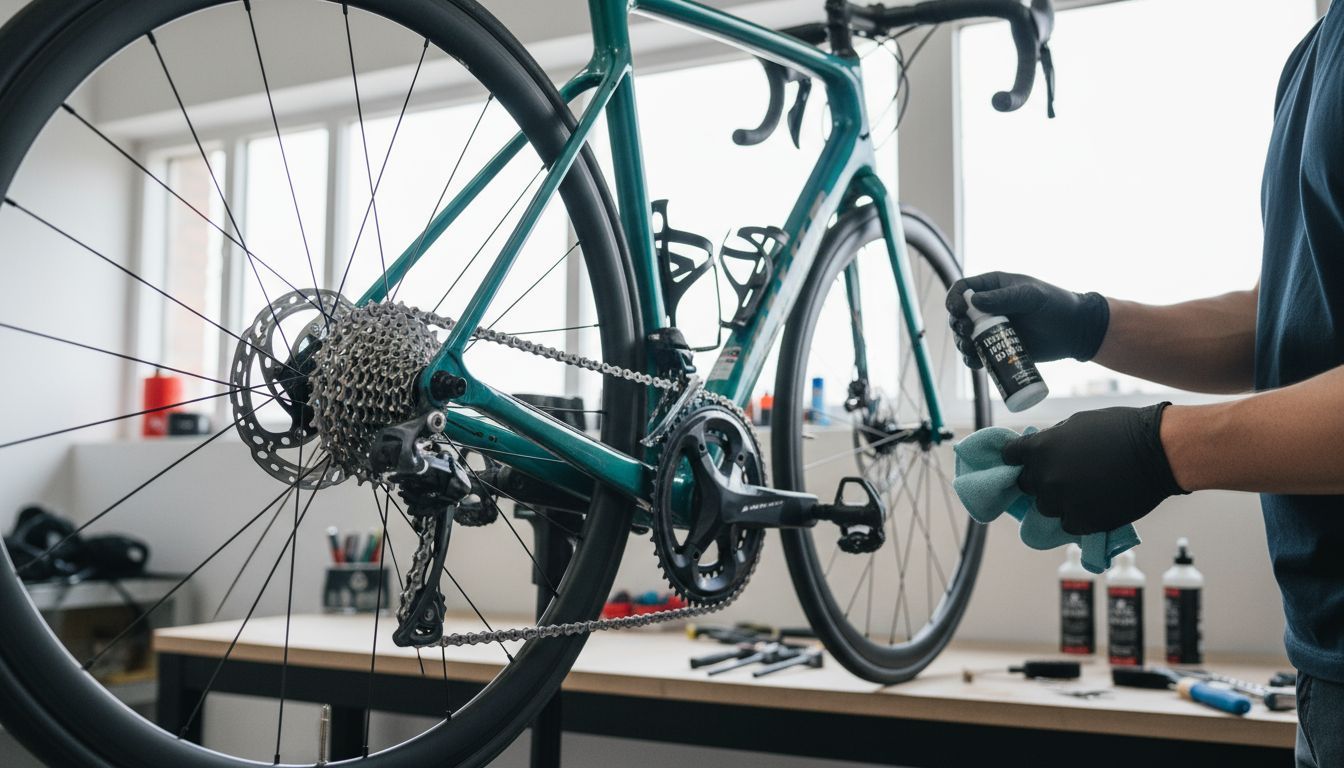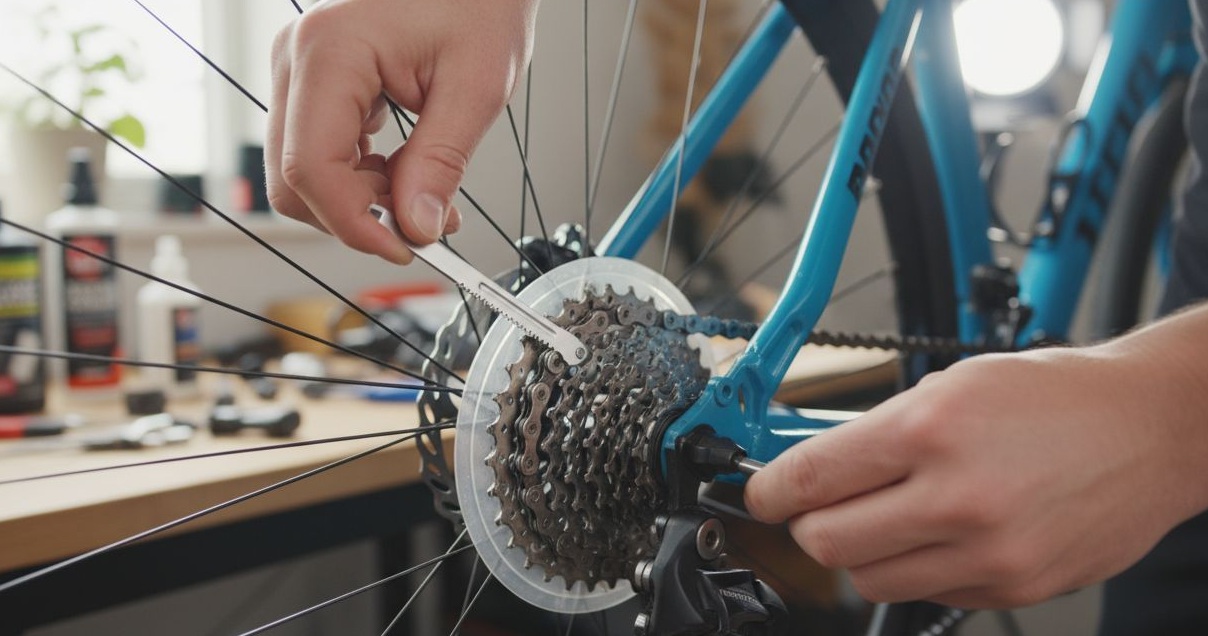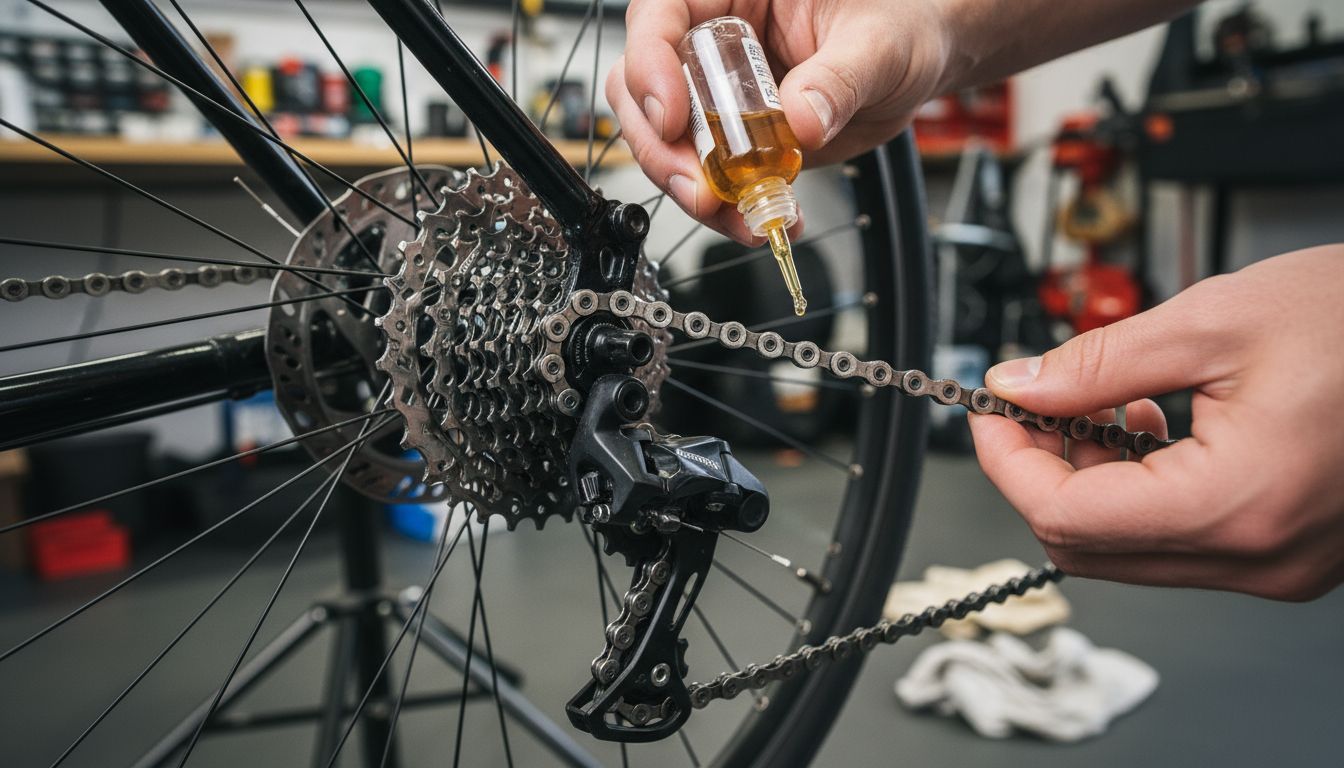
How to Extend the Life of Your Chain and Cassette in 2025: Pro Tips
In the ever-evolving world of cycling technology, one thing remains constant: the importance of maintaining your drivetrain. Specifically, extending the life of your bicycle chain and cassette is crucial for performance, efficiency, and your wallet. Replacing these components frequently can be a significant expense. This guide provides pro tips and updated techniques for 2025, ensuring your drivetrain runs smoothly for longer.
Understanding Drivetrain Wear: A 2025 Perspective
Before diving into maintenance, it's essential to understand how your chain and cassette wear down. The primary culprit is friction. As the chain articulates around the cassette cogs and chainrings, it gradually stretches. This 'chain stretch' isn't actually the chain physically elongating, but rather wear within the pins and rollers. This wear increases the pitch of the chain, causing it to no longer perfectly mesh with the cassette cogs. When a worn chain is used on a relatively new cassette, it accelerates the wear of the cassette cogs, as the chain is essentially "sawing" away at the cog's teeth. Conversely, a new chain on a worn cassette will skip and wear prematurely.
Factors influencing drivetrain wear include riding conditions (mud, dirt, rain significantly increase wear), rider power (high-torque riders tend to wear out components faster), and maintenance habits. The advances in bicycle component materials like enhanced hardened steels and coatings that are now standard for 2025 have improved durability, but the principles of proper care remain vital.


The Cornerstone: Regular Cleaning
Cleaning your chain and cassette is the most important step in extending their lifespan. Road grime, dirt, and old lubricant act as abrasives, accelerating wear. Here's a 2025 approach to cleaning:
Choosing the Right Cleaning Products
Avoid harsh degreasers that strip away all lubrication, including the factory-applied grease within the chain rollers. Opt for biodegradable citrus-based cleaners or dedicated bicycle chain cleaners. These are effective at removing grime without causing excessive wear. Check product reviews online and use professional cycling forums to find the best chain cleaner for your riding style and environment. Also, consider using a chain cleaning device for an easy and effective cleaning method.
The Cleaning Process: Step-by-Step
- Dry Wipe: Begin by wiping down the chain and cassette with a dry, lint-free cloth to remove loose dirt and debris.
- Apply Cleaner: Apply your chosen cleaner to the chain while backpedaling. Use a chain cleaning device, if available, following the manufacturer's instructions. For the cassette, spray the cleaner directly onto the cogs, focusing on the areas between the teeth.
- Agitate: Use a stiff brush to scrub the chain and cassette cogs, dislodging stubborn grime. A cassette cleaning brush is particularly helpful for getting into the tight spaces.
- Rinse Thoroughly: Rinse the chain and cassette with clean water, ensuring all traces of cleaner are removed. A low-pressure hose is ideal.
- Dry Completely: Allow the chain and cassette to dry completely before applying lubricant. Use compressed air or a clean cloth to speed up the drying process.
Lubrication: The Key to Smooth Operation
Once your chain is clean and dry, proper lubrication is essential. Lubrication reduces friction, preventing wear and ensuring smooth shifting. Modern chain lubes for 2025 have evolved to include ceramic additives and advanced polymers offering superior performance and longevity.
Choosing the Right Lubricant
There are two main types of chain lubricants: wet and dry. Wet lubes are designed for wet and muddy conditions, providing excellent protection against water and grime. However, they tend to attract more dirt. Dry lubes are best suited for dry and dusty conditions. They don't attract as much dirt but require more frequent application. Some hybrid lubes offer a balance between wet and dry performance. The best choice depends on your riding conditions and personal preference.
Applying Lubricant Correctly
Proper application is just as important as choosing the right lubricant. Apply a small drop of lubricant to each chain roller, ensuring it penetrates deep into the chain. Avoid applying excessive lubricant, as this will attract more dirt. After applying the lubricant, backpedal the chain for a few minutes to allow it to distribute evenly. Then, wipe off any excess lubricant with a clean cloth.
Advanced Maintenance Techniques for 2025
Beyond cleaning and lubrication, several advanced techniques can further extend the life of your chain and cassette.
Chain Wear Measurement: Know When to Replace
Using a chain wear indicator tool is the most accurate way to determine when your chain needs replacing. These tools measure chain stretch. Replacing your chain before it becomes excessively worn will prevent premature wear of your cassette and chainrings. A chain that is allowed to stretch too much will significantly reduce the lifespan of your expensive cassette and chainrings.
Regular Cassette Inspection
Inspect your cassette cogs for signs of wear, such as hooked or rounded teeth. If you notice significant wear, it's time to replace the cassette. Replacing the cassette and chain together is generally recommended to ensure optimal performance and prevent skipping. Visual wear is especially important in 2025 as cassettes now have more complex tooth profiles to aid shifting and these intricate designs wear faster.
Chain Rotation: A Pro Tip
Consider rotating between two or three chains. This distributes wear more evenly across the cassette and chainrings, extending the lifespan of all components. When one chain becomes worn, replace it with a new one and set the old one aside. After a period of time, switch back to one of the previously used chains. This method requires careful tracking of chain wear and may not be suitable for all riders.
Optimizing Shifting Technique
Avoid shifting under heavy load, as this puts extra stress on the chain and cassette. Learn to anticipate gear changes and ease off the pedals slightly when shifting. Proper shifting technique can significantly reduce drivetrain wear. Modern electronic shifting systems mitigate this issue, but understanding the principle remains valuable.
Addressing Specific Issues: Noise and Skipping
Drivetrain noise (clicking, grinding) is often an indicator of a problem. Check for proper lubrication, debris accumulation, and loose components. Skipping under load is a sign of a worn chain or cassette, or both. Address these issues promptly to prevent further damage.
The Future of Drivetrain Maintenance in 2025+
The development of self-lubricating chains and cassettes with integrated wear sensors is on the horizon. These advancements promise to further simplify drivetrain maintenance. Until then, following these pro tips will ensure your drivetrain performs optimally and lasts longer.
Conclusion
Extending the life of your bicycle chain and cassette requires a proactive approach to maintenance. By following these cleaning, lubrication, and advanced maintenance tips for 2025, you can save money, improve performance, and enjoy a smoother, more efficient ride. Remember that regular cleaning, proper lubrication, and timely component replacement are the keys to a long-lasting drivetrain.